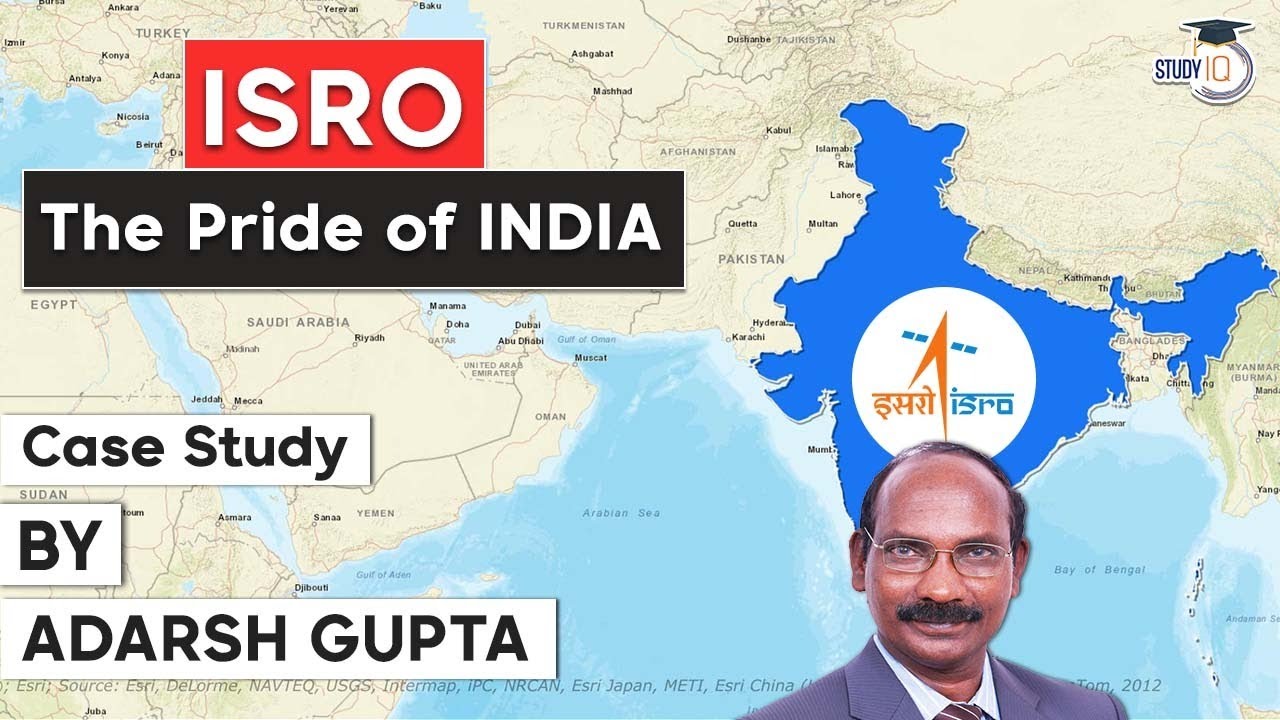History of ISRO | A Journey from Bicycle to Sun | Aditya L1 | UPSC | Drishti IAS
Summary
TLDRThis video explores the remarkable journey of the Indian Space Research Organisation (ISRO), which began 60 years ago with limited resources and has now achieved global recognition. Starting with early space research by Indian scientists, ISRO's story includes its humble beginnings, the launch of India's first satellite Aryabhata, and significant achievements such as the Chandrayaan and Mangalyaan missions. The video highlights ISRO's groundbreaking accomplishments in space exploration, including the recent Aditya L1 mission to study the Sun, and emphasizes the organization's pivotal role in advancing India's space program.
Takeaways
- 🚀 The journey of India's space program began 60 years ago with a bicycle and has now reached the vicinity of the Sun, Mars, and the Moon.
- 🌟 The Indian Space Research Organisation (ISRO) is one of the world's leading space agencies, known for its cost-effective and successful space missions.
- 📚 Space research in India started in the 1920s with notable contributions from Indian scientists like Meghnad Saha and C.V. Raman.
- 🏆 Dr. Vikram Sarabhai is credited with laying the foundation for India's space program and the establishment of ISRO.
- 🚀 The Thumba Equatorial Rocket Launching Station (TERLS) was established in 1963, marking the beginning of India's space journey.
- 📡 Aryabhata, India's first satellite, was successfully launched in 1975, marking a significant milestone for ISRO.
- 🌐 INSAT, India's first national satellite system, revolutionized communication in the country and continues to provide essential services.
- 🚀 PSLV, India's third-generation launch vehicle, has been a workhorse for ISRO, launching numerous Indian and foreign satellites.
- 🌕 Chandrayaan-1 mission in 2008 discovered water on the Moon, enhancing ISRO's global reputation as a successful space agency.
- 🔥 Mangalyaan, India's Mars Orbiter Mission, was a low-cost and highly successful mission, making India the fourth space agency to reach Mars.
- 🌞 Aditya-L1 mission, launched in 2023, aims to study the Sun's atmosphere and its effects, further expanding India's expertise in space research.
Q & A
What is the significance of the journey that started 60 years ago on a bicycle?
-The journey symbolizes the humble beginnings of India's space program, which has now successfully reached the Moon and Mars, showcasing India's commitment and determination in space exploration.
When did research in space start in India?
-Space research in India began in the 1920s, with notable contributions from scientists like Meghnad Saha and C.V. Raman.
Who are the two prominent Indian scientists credited with initiating organized space research in India?
-Dr. Homi J. Bhabha and Dr. Vikram Sarabhai are credited with initiating organized space research in India.
What was the name of the first sounding rocket launched by India, and how was it transported to the launch station?
-The first sounding rocket launched by India was transported to the Thumba Equatorial Rocket Launching Station on a bicycle.
In which year was the Indian Space Research Organisation (ISRO) established?
-ISRO was established on August 15, 1969, replacing the earlier Indian National Committee for Space Research (INCOSPAR).
What was the name of India's first satellite, and when was it launched?
-India's first satellite was named Aryabhata, after the ancient Indian mathematician-astronomer, and it was launched on April 19, 1975.
What is the significance of the INSAT satellite system launched by ISRO?
-INSAT is India's first geostationary satellite system, providing communication, television broadcasting, meteorological services, and disaster warning services.
What is PSLV, and how has it contributed to ISRO's success?
-PSLV, or Polar Satellite Launch Vehicle, is a medium-lift launch vehicle designed to enable India to launch its Indian Remote Sensing (IRS) satellites into Sun-synchronous orbits. It has been instrumental in launching numerous Indian and foreign satellites, earning ISRO a reputation as a reliable launch service provider.
What was the Chandrayaan-1 mission's major achievement?
-The Chandrayaan-1 mission's major achievement was the discovery of water on the Moon, which was a significant milestone in lunar exploration.
What is the Mars Orbiter Mission, and what was its significance for India's space program?
-The Mars Orbiter Mission, also known as Mangalyaan, was India's first interplanetary mission to Mars. Its success made ISRO the fourth space agency to reach Mars and the first to do so in its maiden attempt, marking a significant achievement for India's space program.
How did ISRO's mission to the southern pole of the Moon, Chandrayaan-3, differ from its previous lunar missions?
-Chandrayaan-3 aimed to land a lander and rover in the southern polar region of the Moon, an area of scientific interest due to its potential for water ice deposits and unexplored terrain.
What is the Aditya-L1 mission, and what are its objectives?
-The Aditya-L1 mission is designed to study the Sun's corona and its effects. It aims to enhance our understanding of solar phenomena and their impact on space weather.
Outlines

Esta sección está disponible solo para usuarios con suscripción. Por favor, mejora tu plan para acceder a esta parte.
Mejorar ahoraMindmap

Esta sección está disponible solo para usuarios con suscripción. Por favor, mejora tu plan para acceder a esta parte.
Mejorar ahoraKeywords

Esta sección está disponible solo para usuarios con suscripción. Por favor, mejora tu plan para acceder a esta parte.
Mejorar ahoraHighlights

Esta sección está disponible solo para usuarios con suscripción. Por favor, mejora tu plan para acceder a esta parte.
Mejorar ahoraTranscripts

Esta sección está disponible solo para usuarios con suscripción. Por favor, mejora tu plan para acceder a esta parte.
Mejorar ahoraVer Más Videos Relacionados

१०० मुलांना इस्रो जाण्याची संधी - NSTS Exam 2025

ISRO Important Gk question and answer // ISRO GK // Indian Space Gk // Science General knowledge

Why you should and should not join ISRO as a Scientist? Pros and Cons | Kishalay Das (ISRO-2017-18)

The Unlikely Rise of the Indian Space Program

Lucy’s Journey: Episode 1 – 'Launch'

Indian Space Research Organisation history from carrying rocket parts on bicycle to Mars Mission
5.0 / 5 (0 votes)
